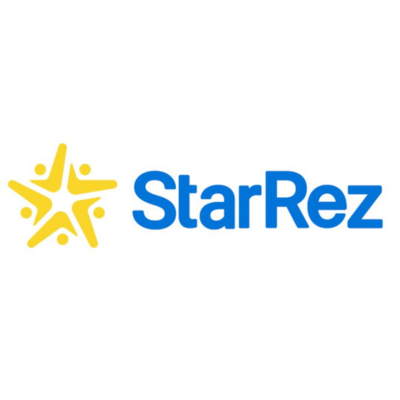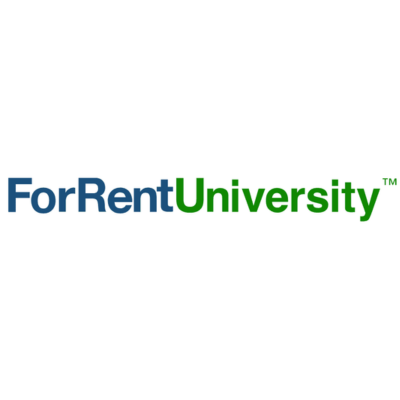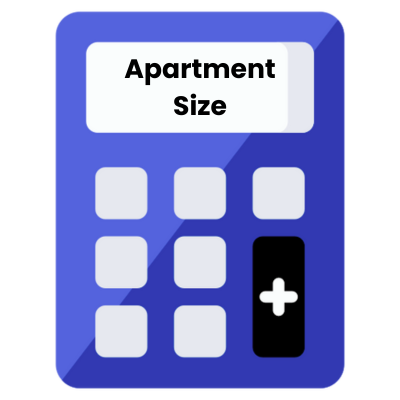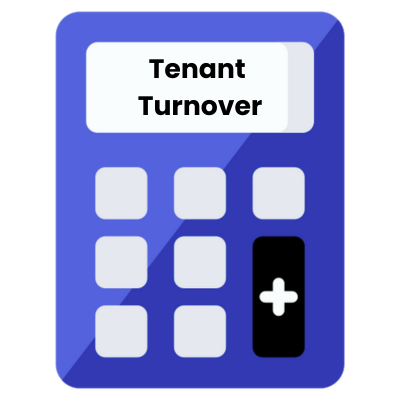Last Updated: April 2024

Student housing property investing entails the acquisition and management of housing specifically intended for students, ranging from on-campus dormitories to off-campus apartments and houses. To succeed in this sector, investors need a robust strategy that aligns with the trends and needs of the modern student population.
On This Page
- What is Student Housing Investing?
- 9 Ways to Invest in Student Housing Real Estate
- How to Buy a Student Housing Rental Property
- Top Student Housing Investing Tools
- Student Housing Investing Calculators
- Pros and Cons of Investing in Student Housing
- Student Housing Rentals vs Other Rental Real Estate Investments
What is Student Housing Investing?
Student Housing Investing Definition
Student housing investing refers to the act of allocating capital in real estate properties specifically designed or allocated for occupancy by students, typically situated near educational institutions. These properties cater to the unique living requirements and lease terms associated with student populations, often coinciding with academic calendars.
Student Housing Investing Explained
Student housing investing centers around acquiring properties, often near colleges or universities, tailored to the needs of student tenants. These properties can range from shared dormitories to off-campus apartments, all designed with student lifestyles in mind. Due to the cyclical nature of academic years, this type of rental property investment often has predictable tenant turnover, with leases often structured around semesters or academic years.
9 Ways to Invest in Student Housing Real Estate
Direct Ownership Student Housing Real Estate
An individual or company purchases a property near an educational institution and rents it out to students. This method offers full control over the property, enabling the owner to set rental rates, choose tenants, and manage the property as they see fit. Maintenance, tenant issues, and property management fall directly on the owner unless they hire a property manager.
Developing a Student Housing Property
Investors fund the construction of new student housing complexes or the renovation of existing structures into student accommodations. This approach requires a more significant initial investment and understanding of construction and local regulations but can result in higher returns if executed successfully. It caters to the ever-evolving needs of students and the growing demand for modern accommodations.
Student Housing Property Conversions
Some investors purchase non-student housing real estate close to campuses with the intention of converting them into student accommodations. This might involve remodeling a single-family home into multiple units, repurposing commercial spaces, or converting multifamily units into dorm style rooms. This strategy leverages existing structures to tap into the student housing market.
Student Housing Note Investing
Rather than investing in the physical property, investors purchase the mortgage note associated with a student housing property. This means they become the lender, receiving monthly payments from the borrower. If the borrower defaults, the note holder may take possession of the property. It’s a strategy that provides regular cash flow and potential ownership, but without the responsibilities of direct property management.
Student Housing Companies
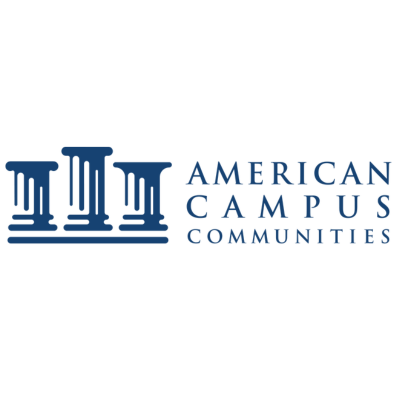

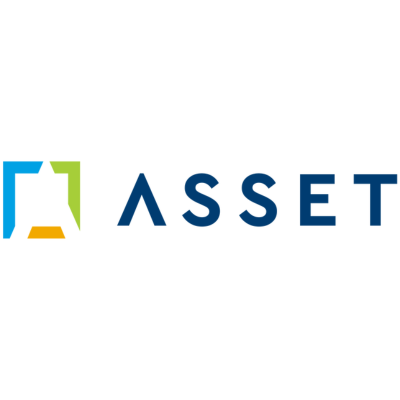





Several large student living rental companies have redefined the dynamics of this asset class. Their size and influence not only shape market trends but also impact rental standards and practices nationwide. Investing in them, where possible, can be a great way to gain exposure to this asset class.
Student Housing Turnkey Real Estate
Companies or individuals purchase, renovate, and then sell properties tailored for student housing to investors. These are ready-to-rent, reducing the work and expertise needed from the investor’s side. The investor then rents out the property, often with the assistance or management of the selling company.
Student Housing Joint Ventures
An individual or company partners with other investors or entities to pool resources and jointly purchase a student housing property. This method reduces the financial burden on any single investor and can leverage the expertise of each partner. Responsibilities, profits, and losses are shared according to the terms of the partnership agreement.
Student Housing Syndication
This is a method where a lead investor or syndicator pools funds from multiple passive investors to buy student housing property. It allows investors to participate in larger deals than they might afford individually. The syndicator usually manages the property and takes a management fee, while profits (or losses) are distributed among all investors based on their share.
Student Housing Stocks
REITs are companies that own, operate, or finance income-producing real estate across various sectors, including student housing. Investing in a student housing REIT allows individuals to invest in a collection of properties without the direct responsibilities of ownership. They’re ideal for those who want exposure to the market without the complexities of property management.
How to Buy a Student Housing Rental Property
Investing in student housing can provide a consistent source of income, given the perennial demand for student accommodations. Before purchasing one, aspiring investors need to grasp the intricacies of purchasing and managing such properties.
Student Housing Purchase Process
- Self Assessment & Investment Objectives: Clearly define your financial and management goals before diving into the student housing market.
- Assembling a Real Estate Team: Gather a team of real estate professionals, including a realtor (or commercial real estate broker) and legal real estate experts, familiar with the student housing landscape.
- Market and University Analysis: Investigate university enrollment trends, future growth, and the existing housing supply in the area.
- Key Characteristics of Successful Student Housing Properties: Prioritize properties close to campuses, with good safety records and modern amenities.
- Evaluating Financing Options for Acquiring Properties: Explore various financial options, such as bank loans or investor partnerships, tailored to student housing investments.
- Making Offers and Negotiating Purchase Terms: Armed with market knowledge, negotiate terms that align with your investment objectives.
- Due Diligence: Ensure the property complies with local regulations, verify property permit history, approved uses, and assess its safety features.
- Closing on the Property Purchase: Finalize the sale with all required documentation and payments.
Managing and Marketing Student Housing Properties
- Operational Management: Prioritize student safety, maintain property conditions, and foster good relations with student tenants. Utilizing a student housing management software can significantly streamline this process.
- Marketing Your Property to Students: Utilize platforms frequented by students and highlight features appealing to them.
- Setting Rental Rates and Lease Terms: Consider local market rental rates and academic calendars when setting rent and lease durations.
Student Housing Financial Management and Analysis
- Understanding Revenue, Operating Expenses, and Cash Flow: Track income against operational costs to ensure profitability.
- Calculating Return on Investment: Measure the profit from your property relative to its cost to evaluate the investment’s performance.
- Tax Considerations and Benefits: Explore tax advantages specific to student housing investments.
Scaling and Diversification in Student Housing Investing
- Strategies for Expanding Your Investment Portfolio: Explore acquiring additional properties or enhancing existing ones to boost revenue.
- Diversifying Your Portfolio with Different Types of Student Housing Facilities: Consider a mix of properties, such as apartments, dormitories, and shared homes, to spread risk.
- Exit Strategies: Plan for the future, whether that involves selling the property, updating it, or renting to non-students.
Top Student Housing Investing Tools
The #1 Rental Property Newsletter
Once a month, we send out an exclusive Rental Property Market Update with top stories, current mortgage rates, building products, and more. No spam and unsubscribe anytime.


Student Housing Investing Calculators
Pros and Cons of Investing in Student Housing
As a prospective property investor, you might be wondering if student housing is a good investment. Here are some pros and cons to consider before making your decision.
Student Property Investing Pros
- High Demand – There is a significant and growing demand for student housing, as the number of college students continues to grow. This demand increase is driven by a number of factors, including a growing global middle class, increased financial aid, and an increase in international students.
- Attractive Returns – Investing in student housing can be a very lucrative endeavor. The average student housing property generates a net operating income (NOI) of 10-12%. This is significantly higher than the average NOI of traditional multifamily properties, which is typically in the 5-8% range.
- Low Vacancy Rates – Student housing properties have extremely low vacancy rates, which provides a cushion for investors in the event of an economic downturn. In fact, vacancy rates for student housing properties are typically half of what they are for traditional multifamily properties.
- Stable Cash Flow/Consistent Tenant Base – Investing in student housing can provide investors with a very stable source of cash flow. This is because student tenants tend to be more reliable than traditional renters, as they typically have a guaranteed source of income in the form of financial aid or scholarships.
- Additional Top-Line Revenue Generation Opportunities – While many investors primarily derive returns via regular rent payments and property appreciation, there are also considerable top-line revenue generation opportunities, such as student services, moving goods and other material sales, on-site food, beverages, and snacks, as well as other channels investors can use to generate additional returns.
Student Property Investing Cons
- High Initial Investment – Investing in student housing can be a very capital-intensive endeavor, as the properties are typically larger and more expensive than traditional multifamily properties. In addition, student housing properties often require a higher level of finishes and amenities, which can drive up construction costs. However, there are also smaller opportunities afforded to private investors, like single-family homes, duplexes, triplexes, and other smaller-scale student real estate investment assets.
- Longer Investment Horizon – Student housing properties typically have a longer investment horizon than traditional multifamily properties. This is due to the fact that students typically lease for a shorter term (10-12 months) than traditional renters (12-18 months). As a result, it can take longer to stabilize a student housing property and realize returns on investment.
- Seasonality – Student housing properties are typically very seasonal in nature, as occupancy rates tend to fluctuate with the academic calendar. This can be a challenge for investors, as it can be difficult to predict when tenants will move in and out of the property.
- Management Challenges – Student housing properties can often be more challenging to manage than traditional multifamily properties. This is because student tenants tend to be less mature and more transient than traditional renters. As a result, student housing properties often require a higher level of management and supervision.
Search Rental Real Estate
Try searching out site for hundreds of rental property topics ranging from property management, investor tool reviews, investment research, and more.
Student Housing Rentals vs Other Rental Real Estate Investments
Rental real estate investing offers a multitude of options, each with its unique dynamics, returns, and challenges. When considering student housing, it’s essential to understand how this niche compares with other popular rental real estate asset classes such as senior living or vacation rentals.
| Criteria | Student Housing | Multifamily | Senior Living | Vacation Rentals |
|---|---|---|---|---|
| Scale of Investment | Moderate to High (depending on proximity to schools) | Moderate to High (based on unit numbers & location) | High (due to specialized facilities & services) | Moderate to High (location & property type) |
| Management Intensity | High (seasonal turnovers, frequent maintenance) | Moderate (regular tenancy cycles) | Very High (healthcare services & more) | High (frequent guest turnovers) |
| Liquidity | Moderate (depends on education institution’s pull) | High (steady demand for housing) | Moderate (specific target audience) | Variable (seasonal & location-dependent) |
| Risk Profile | Moderate (impacted by university enrollments) | Low to Moderate (consistent demand) | Moderate to High (regulations & healthcare standards) | High (impacted by tourism trends & events) |
| Potential ROI | High (if managed well, near major schools) | Moderate to High (based on location & amenities) | High (due to specialized services & charges) | Variable (high in peak season, location-based) |
| Tenant Duration | Short-term (typically academic year) | Medium to Long-term (annual leases) | Long-term (several years) | Very Short-term (days to weeks) |
| Market Sensitivity | High (sensitive to university-related factors) | Moderate (local job market, economy) | Moderate to High (aging population, healthcare trends) | High (events, seasons, travel trends) |
More Real Estate Investing Asset Types
About the Author


Ryan Nelson
I’m an investor, real estate developer, and property manager with hands-on experience in all types of real estate from single family homes up to hundreds of thousands of square feet of commercial real estate. RentalRealEstate is my mission to create the ultimate real estate investor platform for expert resources, reviews and tools. Learn more about my story.
Disclaimer: The information provided on this website does not, and is not intended to, constitute legal and/or financial advice. As such, all information, content, and materials available on this site are for general informational purposes only. Please review our Editorial Standards for more info.

